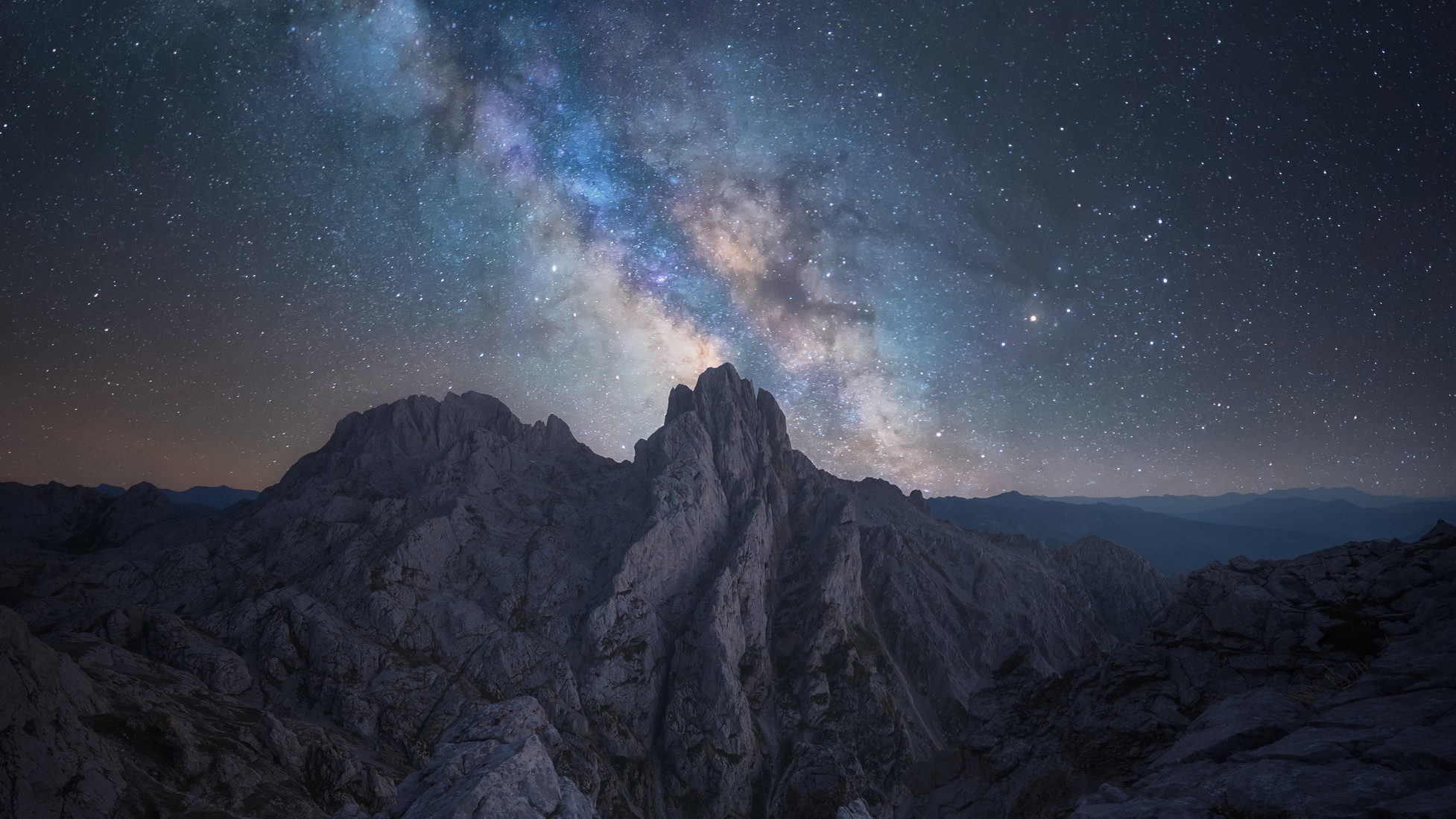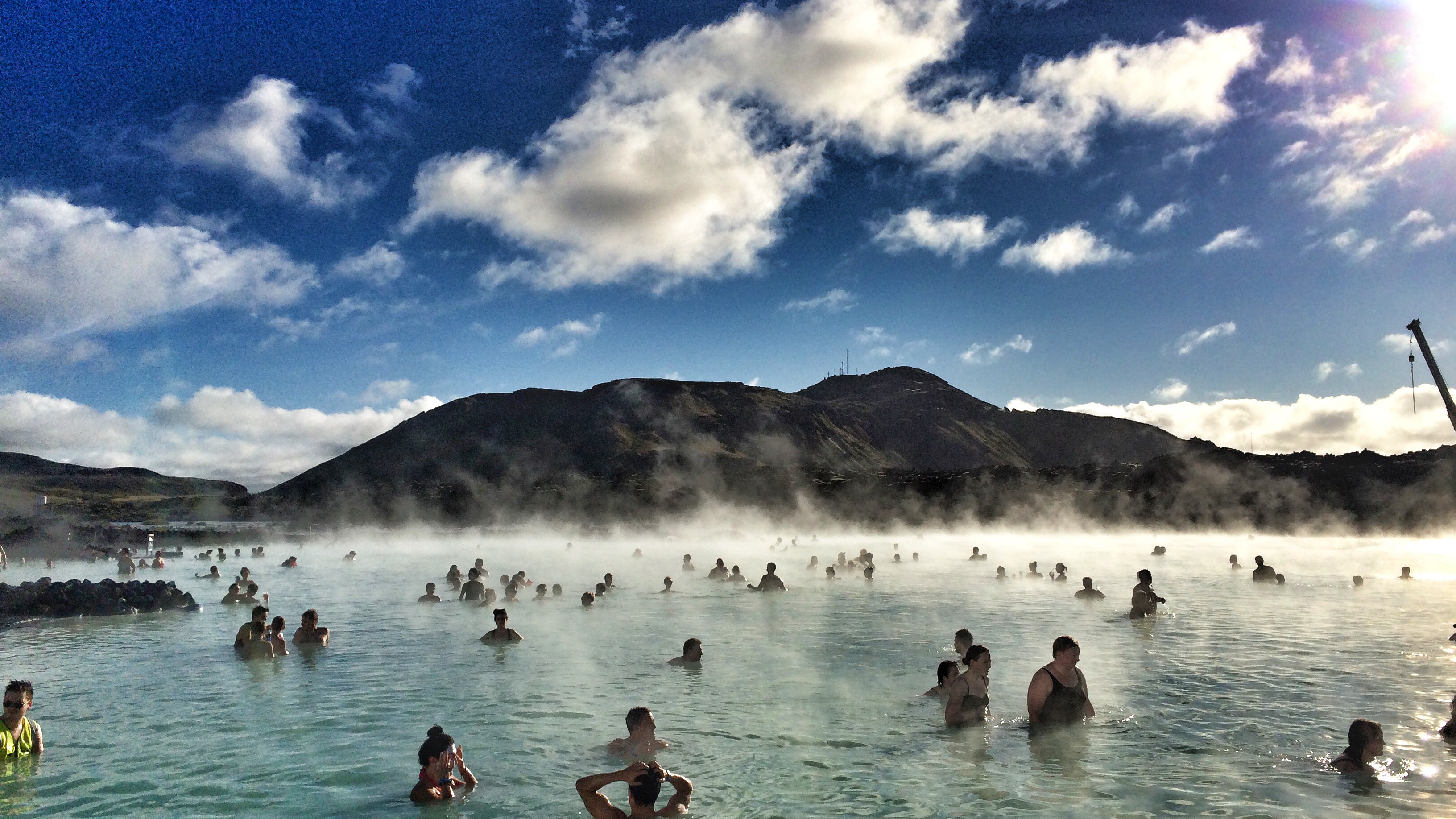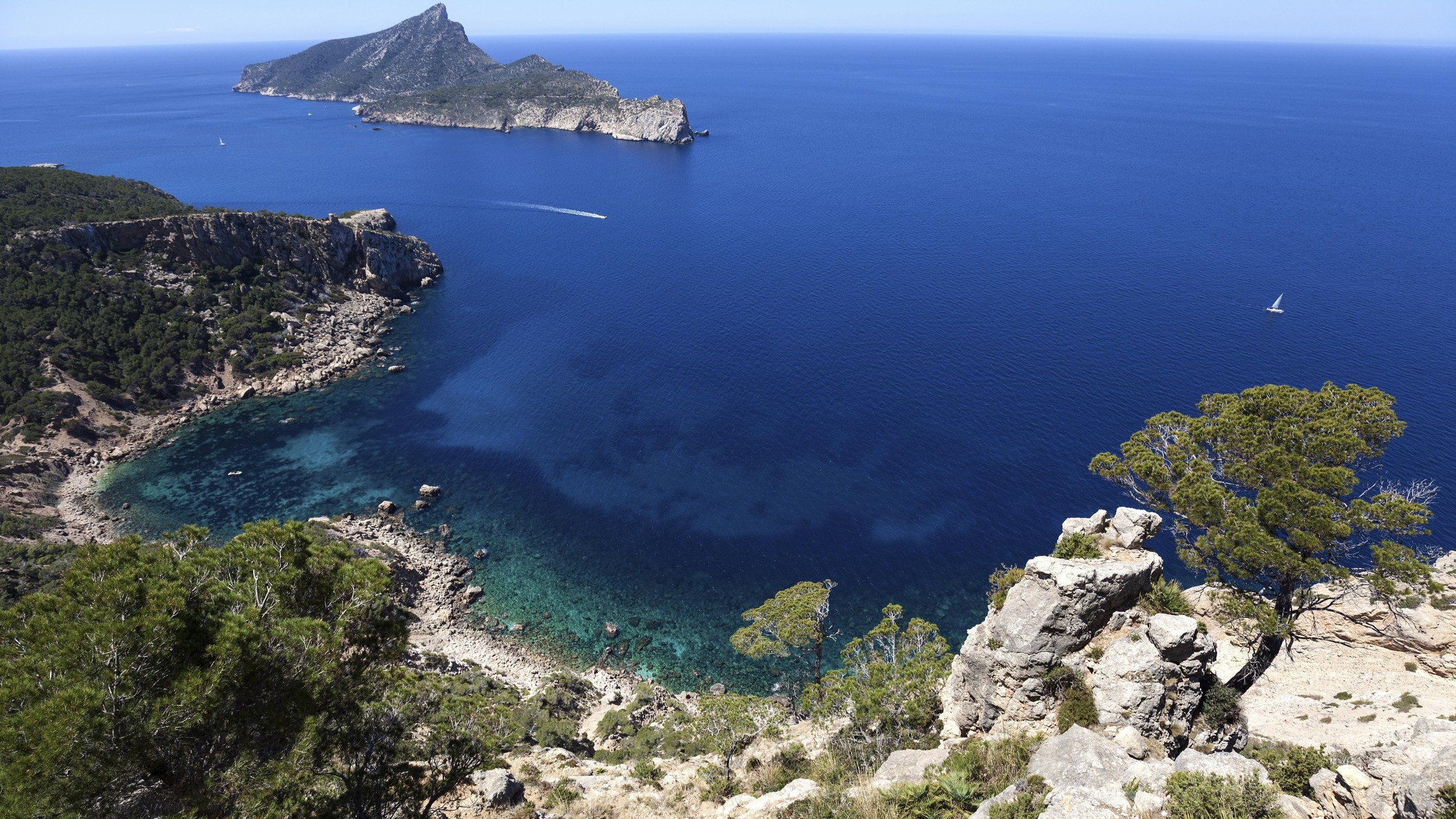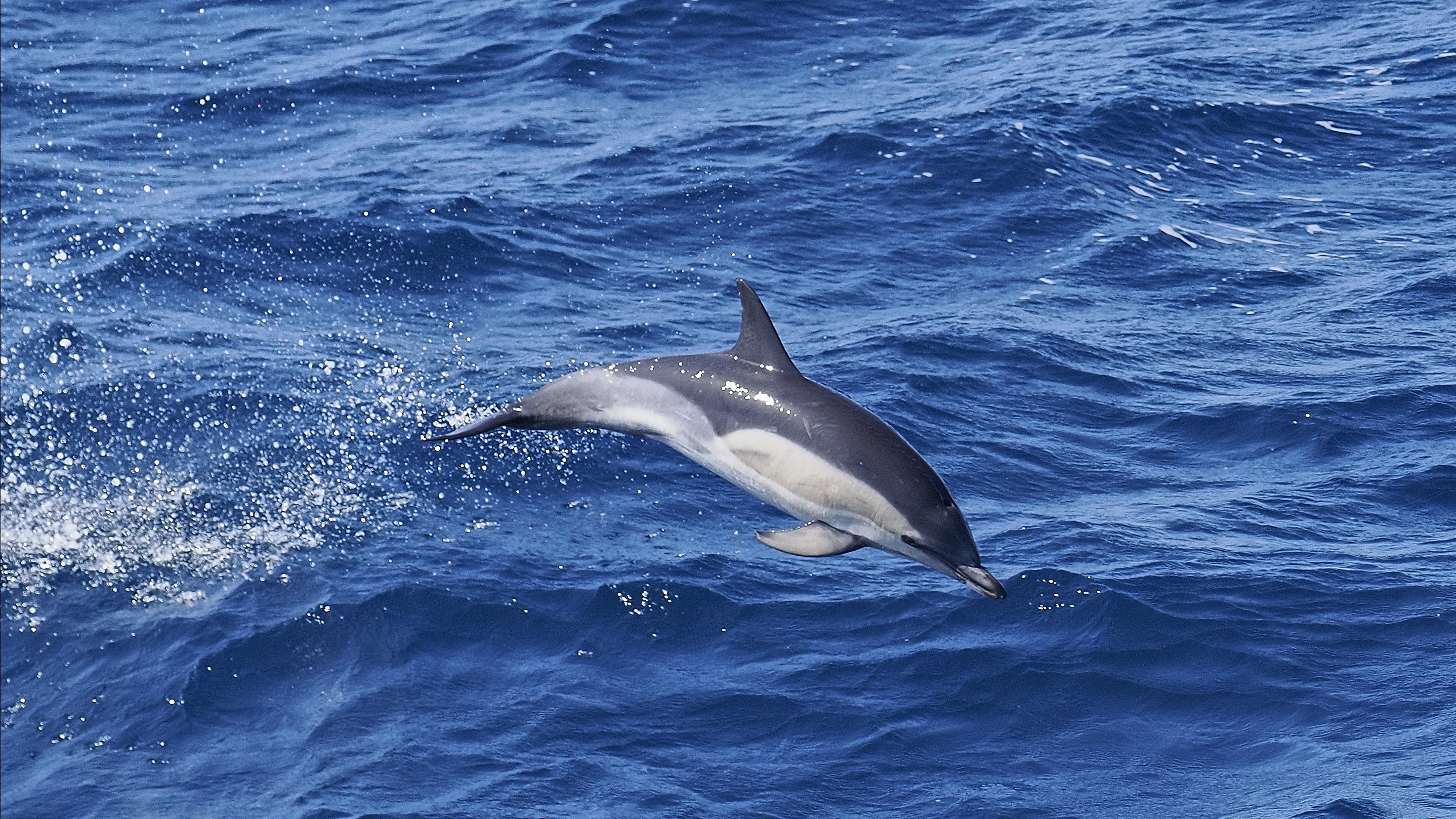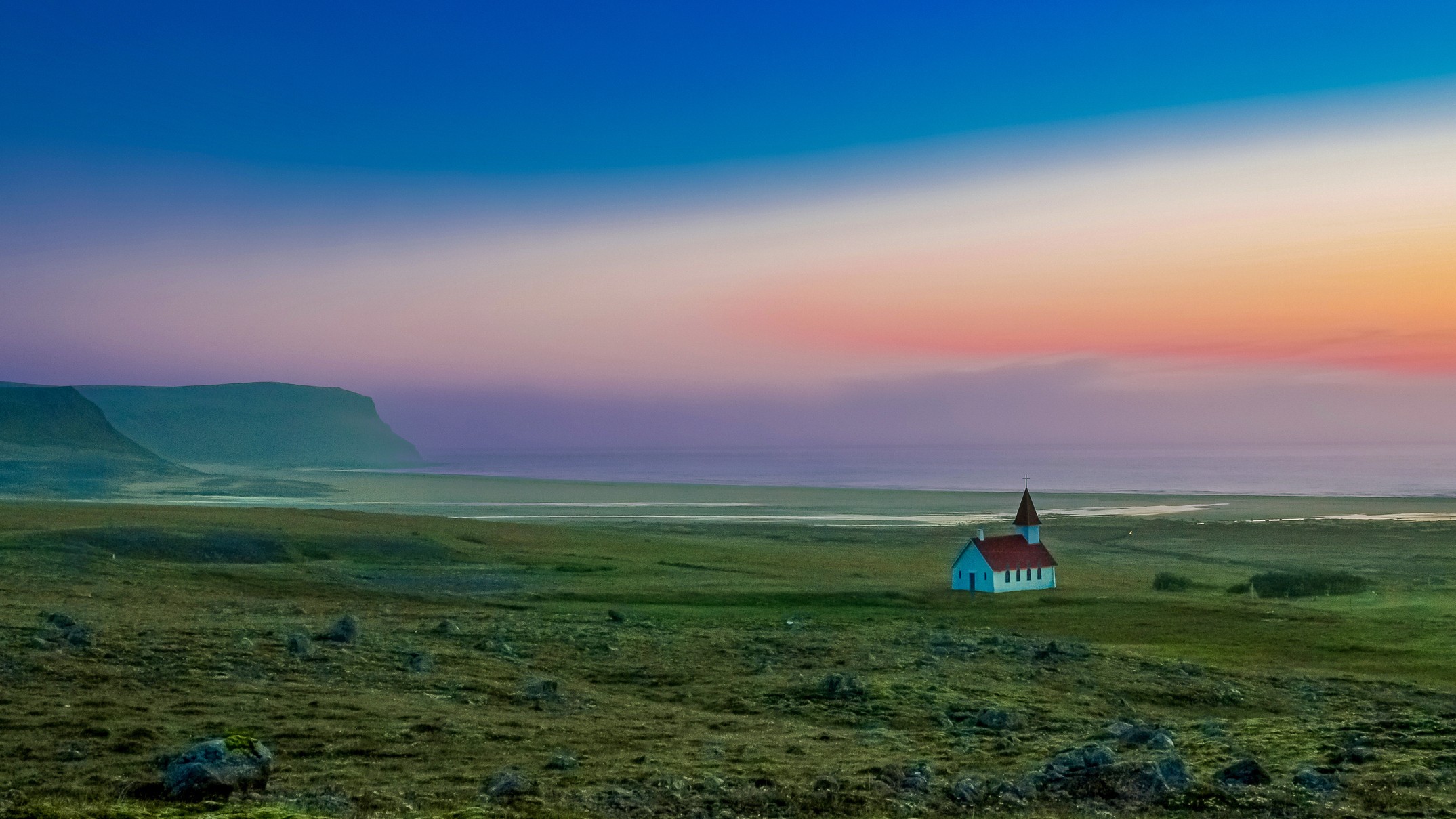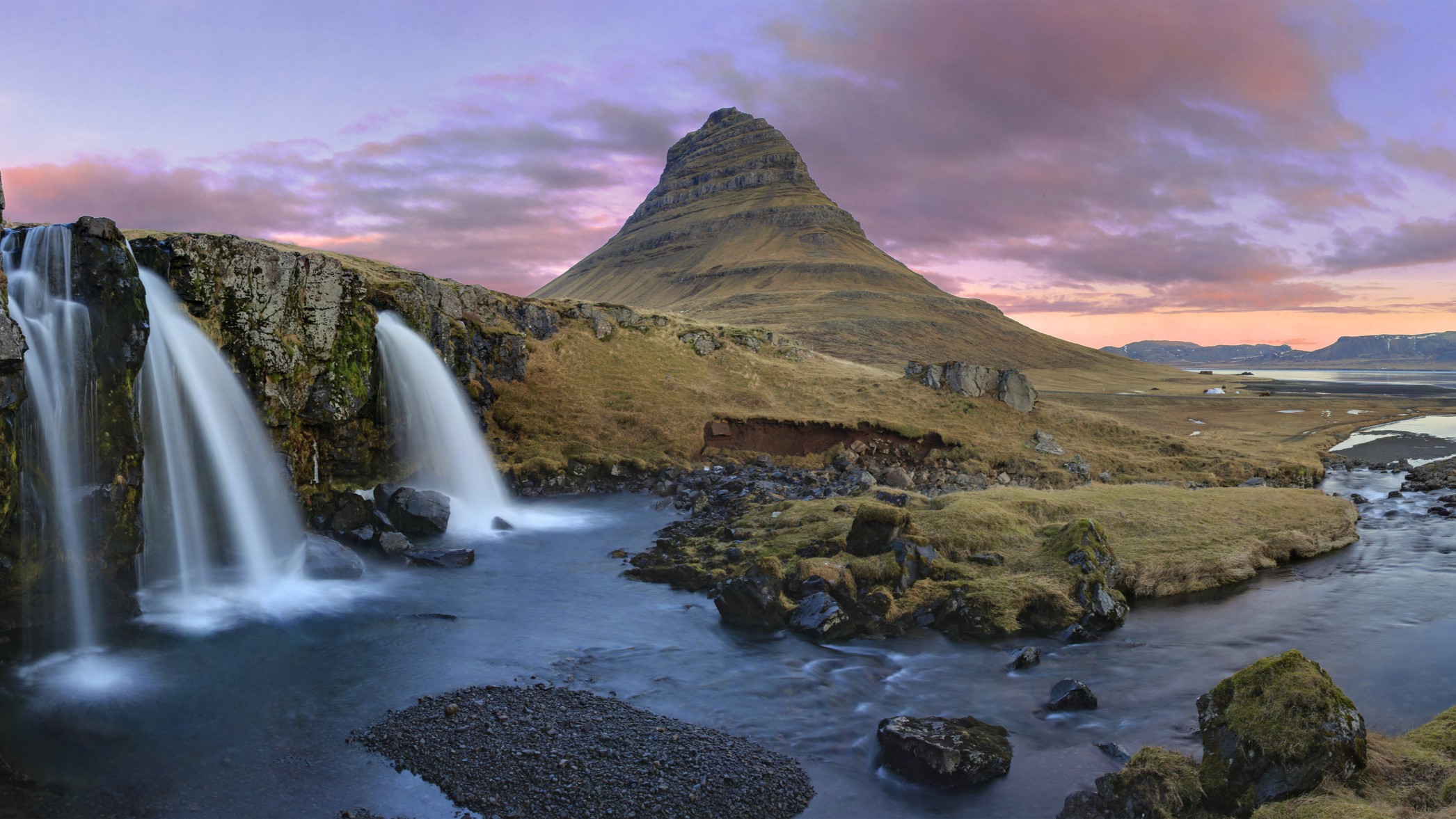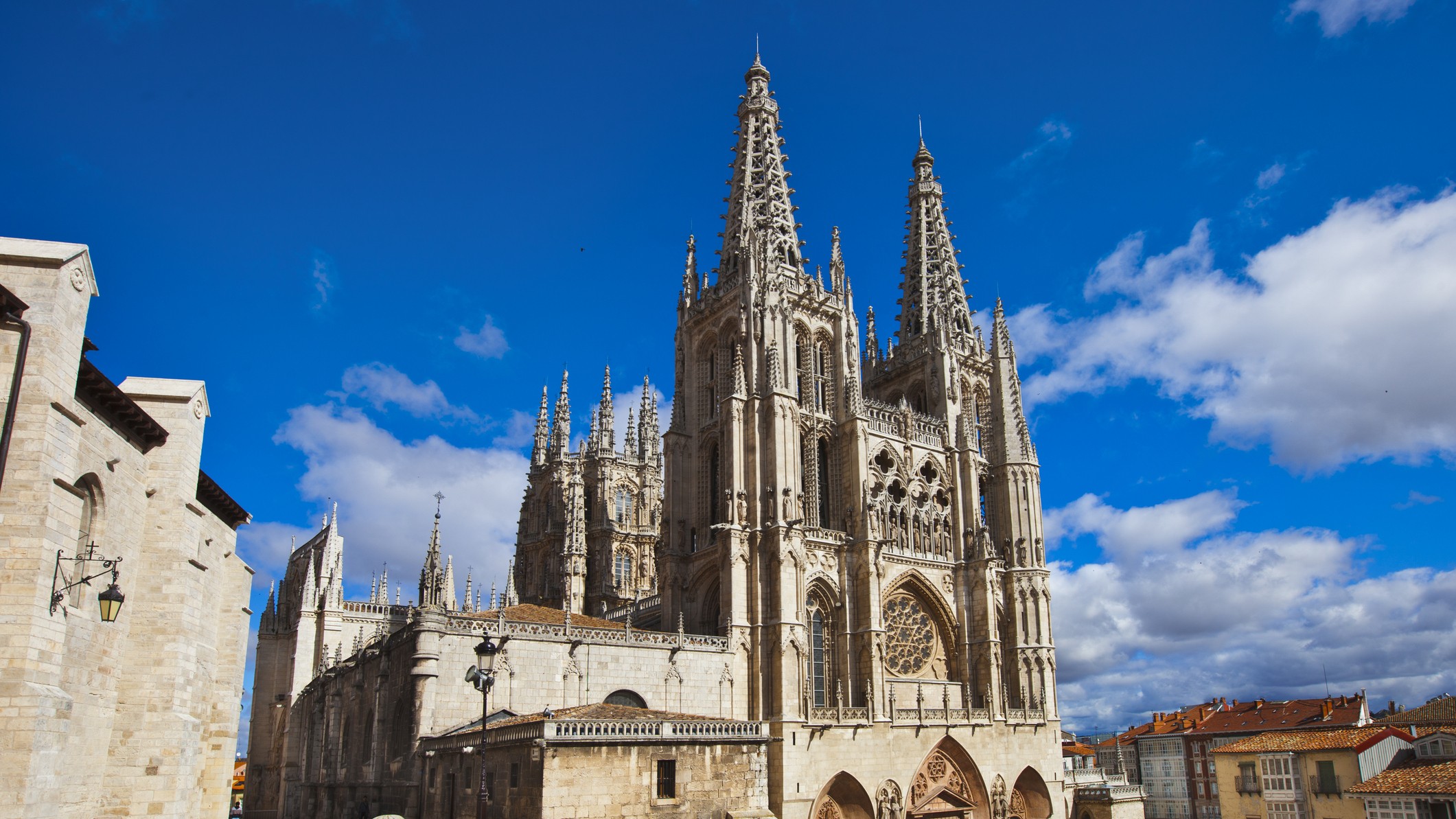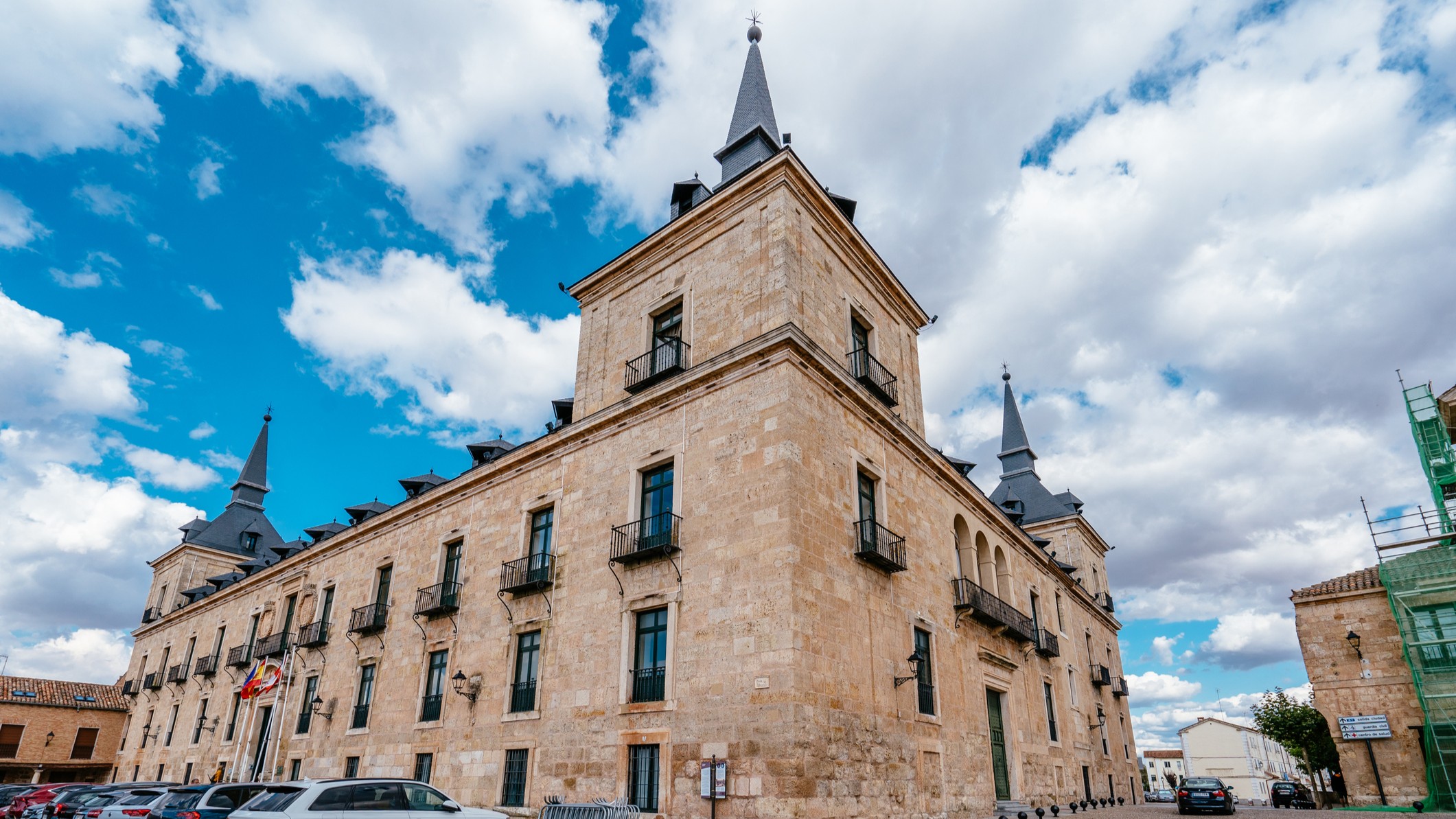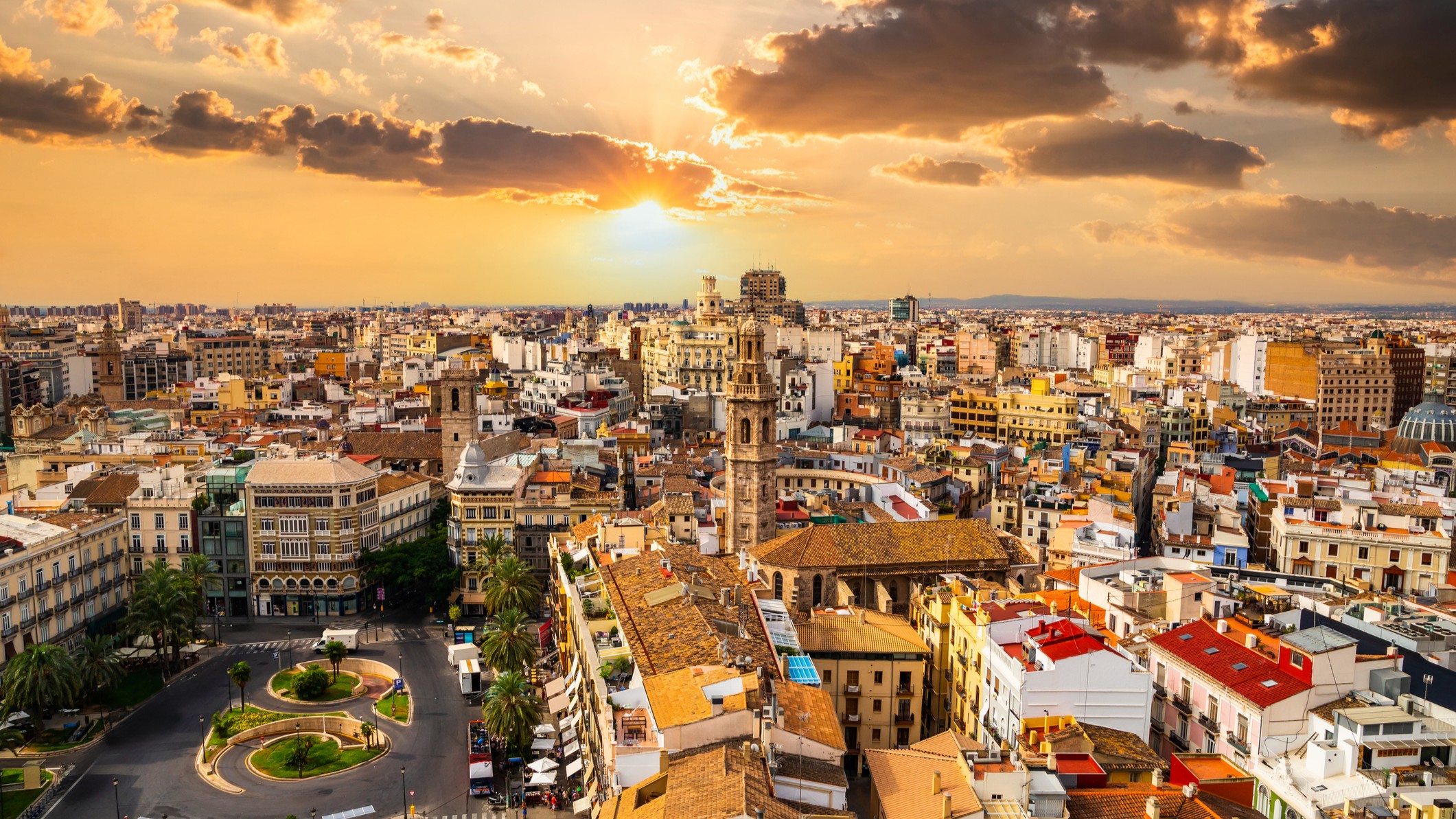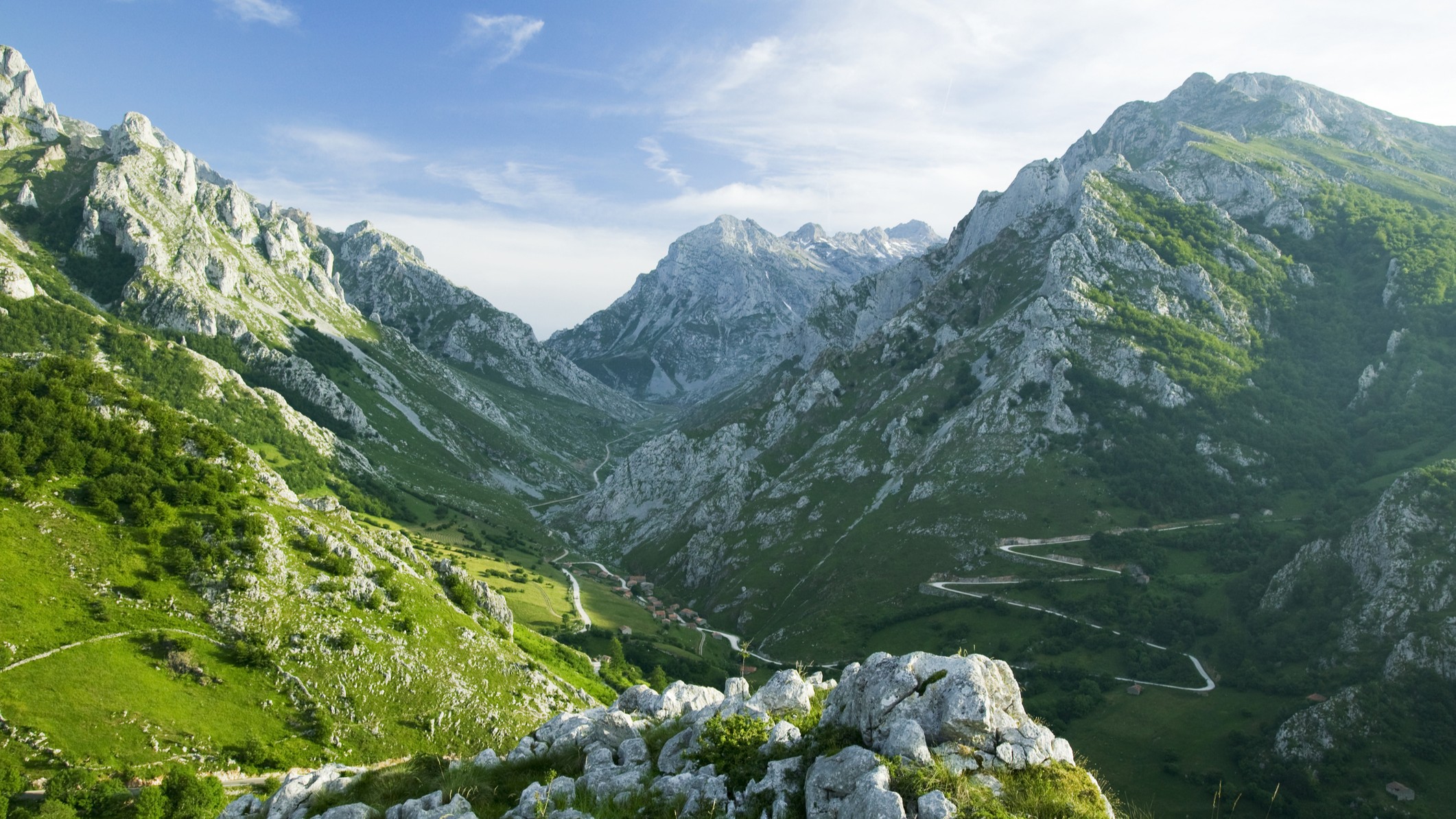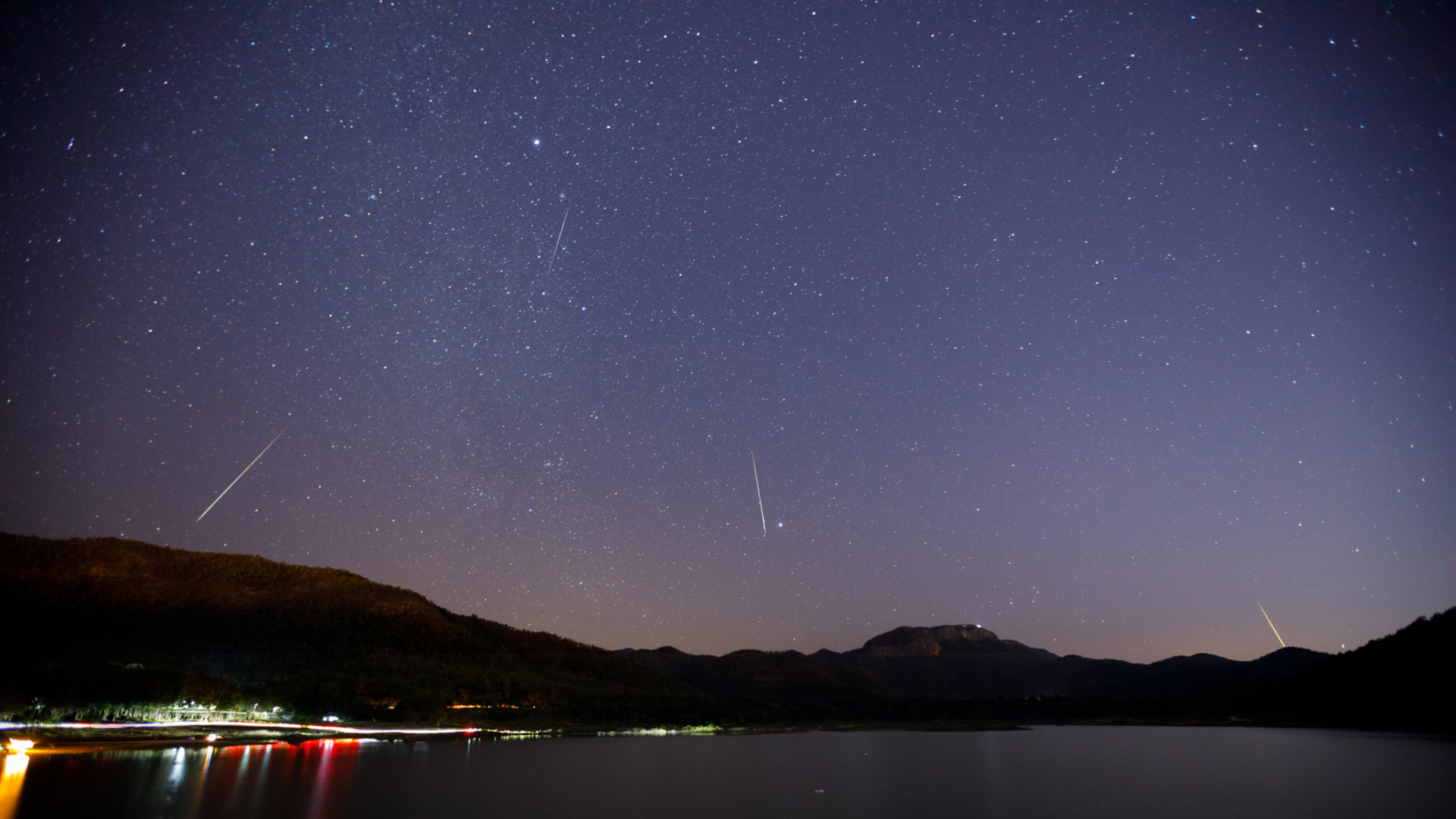11 unique tours and adventures for the ultimate total solar eclipse 2026 experience
The total solar eclipse on Aug. 12, 2026, will offer some fabulous travel options. Here are some adventures to consider.
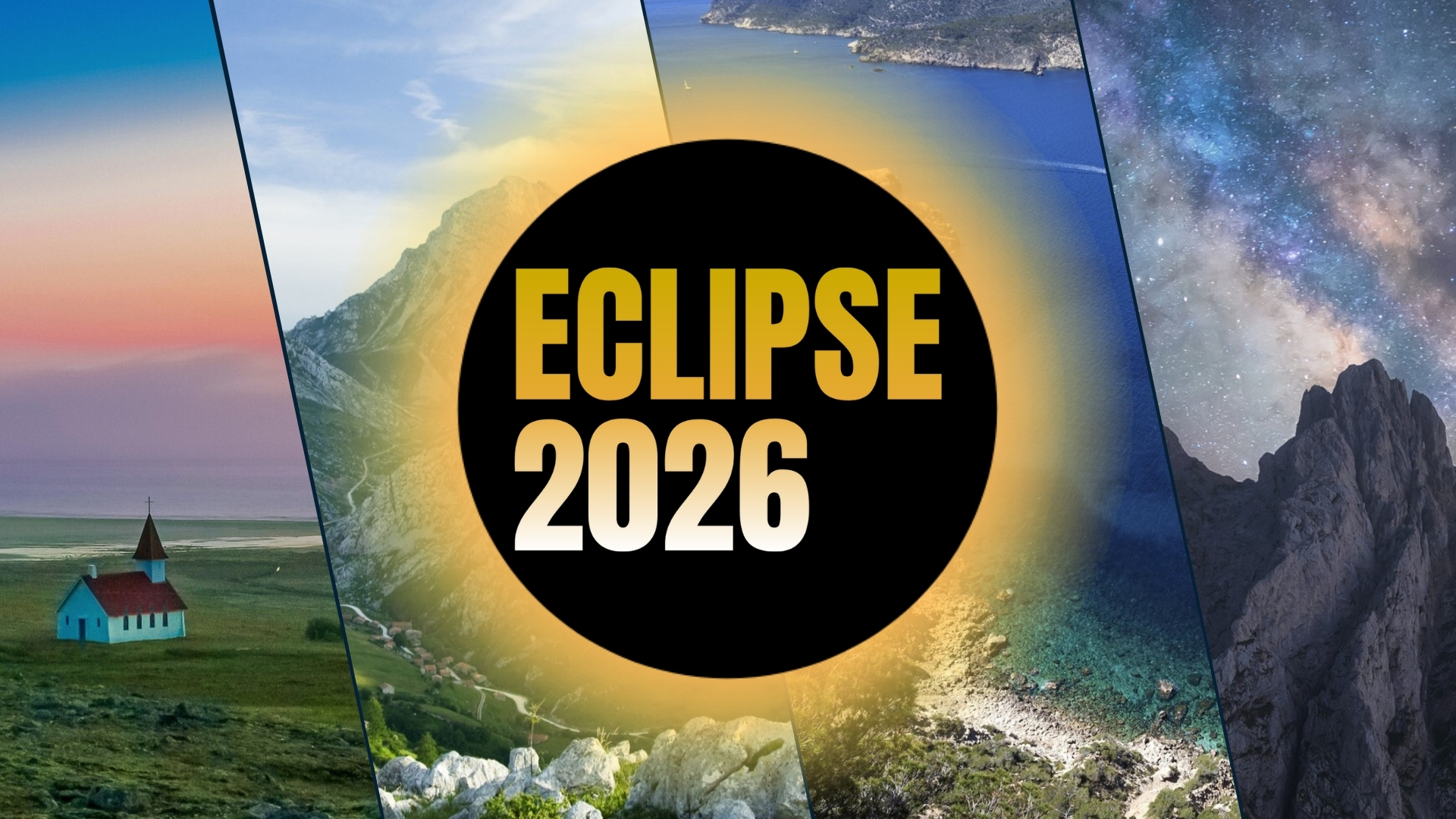
- 1. Astrophotography and an eclipse chase
- 2. Totality from a geothermal pool
- 3. A sunset eclipse with Bill Nye "The Science Guy"
- 4. Whales and rare wildlife in northern Spain
- 5. Iceland's remote Westfjords
- 6. Iceland Eclipse Festival
- 7. Totality from the plains of Spain
- 8. A journey through the Basque Country
- 9. Valencia and an inland eclipse
- 10. Hiking and astronomy in the Picos de Europa
- 11. Madrid, Toledo and Valladolid
There is no better excuse to travel than to see a total solar eclipse, and the next one happens on Aug. 12, 2026. Although a total solar eclipse is an unforgettable experience, totality lasts only a few minutes. So what do you do before and after the eclipse?
Boredom won't be a problem for the 2026 total solar eclipse, with some truly spectacular locations and popular vacation areas in or close to the path of totality. From Greenland to Spain, there are myriad unique experiences and off-the-beaten-track itineraries that offer much more than nature's greatest spectacle.
Related: Best total solar eclipse 2026 cruises for the ultimate adventure
1. Astrophotography and an eclipse chase
With a total solar eclipse and the peak of the Perseid meteor shower happening the same night, Aug. 12, 2026, is poised to be a significant day for astrophotographers. The core of this tour, led by British astrophotographer Ollie Taylor, is centered around astrophotography, with expert tuition provided where needed — and beginners are welcome. Taking place from Aug. 10 to Aug. 19, 2026, the tour will view the eclipse between Madrid and Zaragoza — wherever there is a clear sky — before visiting the Cantabrian Mountains and the coast for sunset shoots, more astrophotography and, once at the northern coast, seascapes and lighthouses.
2. Totality from a geothermal pool
With an eclipse, the peak of the Perseid meteor shower and the possibility of northern lights, Aug. 12, 2026, is all about the sky in Iceland, where warm geothermal waters and volcanic landscapes could provide the ideal backdrop. Guided by Canadian astronomer and astrophotographer Stéphane Picard at Cliff Valley Astronomy, this small-group tour from Aug. 10 to 16, 2026, explores southwestern Iceland, offering the opportunity to witness the eclipse from the Blue Lagoon on the Reykjanes Peninsula, followed by the Perseids from the countryside near Vík.
Evenings feature stargazing sessions and expert-led astronomy briefings, accompanied by day trips to classic Icelandic landmarks, including Thingvellir National Park, Gullfoss waterfall, and the black-sand beaches of Reynisfjara.
3. A sunset eclipse with Bill Nye "The Science Guy"
The eclipse in Spain happens close to sunset, which makes mountainous terrain risky, unless an astronomer has checked out the sight lines in advance. However, from Spain's Balearic Islands (Ibiza, Mallorca, Menorca, Formentera and some smaller islands) in the Mediterranean Sea, there's something else on offer: a sunset eclipse. Yes, there could be clouds on the horizon, as seen from the west coasts of these popular vacation islands, but a rare golden corona is the prize.
Breaking space news, the latest updates on rocket launches, skywatching events and more!
Relatively few tours visit these islands, but Betchart Expeditions is an exception. The company is offering an adventure from Aug. 3 to 13, 2026, with The Planetary Society's Bill Nye ("The Science Guy"). It starts off on mainland Spain, with visits to Madrid's historic Royal Observatory, the Castile La Mancha Science Museum in Cuenca, and the City of Arts and Science Center in Valencia, before transferring to Mallorca (also spelled Majorca) to target a total solar eclipse at sunset.
4. Whales and rare wildlife in northern Spain
Starting from Plymouth in the U.K., Naturetrek's 10-day journey from Aug. 9 to 18, 2026, offers a unique blend of astronomy and wildlife watching. After sailing across the Bay of Biscay to Santander — with opportunities to spot fin and minke whales, dolphins and shearwaters — the group will travel inland to the Cantabrian Mountains to visit Las Loras Geopark and Palentina Mountain Natural Park.
On Aug. 12, totality will be experienced from a carefully selected site near Peña Ulaña, with 1 minute, 42 seconds of totality visible just before sunset, followed by post-eclipse stargazing under dark mountain skies during the peak of the Perseid meteor shower. The trip will then reach the dramatic limestone peaks of the Picos de Europa, home to Alpine choughs, griffon vultures, and elusive wall creepers.
5. Iceland's remote Westfjords
With Greenland the preserve of cruise ships for this eclipse, the first people on land to experience totality will be in Iceland's lonely Westfjords region. Organized by Betchart Expeditions and led by astronomer Joe Llama of the Lowell Observatory, a special expedition to Iceland from Aug. 8 to 16, 2026, will observe totality near Ísafjörður, weather permitting, with preparations and photography set up on-site. On each side, there will be an in-depth look at Iceland's volcanic geology and mid-Atlantic tectonic setting, with the itinerary also including Lake Mývatn's lava fields and the rift between the Eurasian and North American plates.
6. Iceland Eclipse Festival
From Aug. 12–15, 2026, the Iceland Eclipse Festival will transform the remote Snæfellsnes Peninsula into a hub of music, science, art, and cosmic wonder, all timed around the total solar eclipse. In the village of Hellissandur, under 2 minutes of totality (an event not due to return until the year 2196), you can join astronauts, artists, and innovators from NASA, ESA, and beyond for talks, performances, and workshops. Between sessions, explore Iceland's volcanic craters, black-sand beaches, geothermal hot springs, and glacial caves, then dance the night away under the midnight sun. What's not to love?
7. Totality from the plains of Spain
It's one of the least-visited areas of Spain — at least for international travelers — but the north central plains of Spain are the highest and driest of the entire eclipse track. This short trip from New Scientist Discovery Tours, from Aug. 10 to 14, 2026, is based entirely in Burgos, a medieval city that's home to Burgos Cathedral and the Museum of Human Evolution. Expect talks from astronomers John Mason and Martin Griffiths, as well as private eclipse viewing from a secluded site west of Burgos, near the centerline of the path of totality. The eclipse will be followed by a celebratory dinner before the peak of the Perseid meteor shower.
8. A journey through the Basque Country
Straddling the border between France and Spain in the western Pyrenees, the Basque Country is the focus of this Aug. 9-13, 2026, journey with Wilderness Travel through culture, gastronomy and astronomy. The tour begins in Bilbao, with visits to the iconic Guggenheim Museum and a cruise on the Nervión River, followed by a drive south to Burgos (which is not in the Basque Country but rather the autonomous community of Castile-Leon) for a tour of the city's Gothic cathedral.
Totality will be experienced at the 17th-century Parador de Lerma, directly on the centerline, with astronomy talks and guided viewing from veteran astronomer and eclipse chaser Alex Filippenko, a professor of astronomy at the University of California, Berkeley. A plethora of hiking add-ons are possible, including across the French-Spanish border along the Camino de Santiago, visits to prehistoric dolmens, and time to explore San Sebastián.
9. Valencia and an inland eclipse
This affordable week-long tour, from Aug. 7 to 13, 2026, with eclipse tour specialist Astro Trails begins with four nights in coastal Valencia before a train journey to Madrid and a trip to the medieval town of Sigüenza to witness totality for 1 minute, 38 seconds from the ramparts of the 12th-century Sigüenza Castle.
10. Hiking and astronomy in the Picos de Europa
If daily walks to explore glacial valleys, high plateaus, shepherd trails and limestone gorges — with a few cheese and cured-meat tastings along the way — sounds like your thing, consider this eight-day hiking and astronomy-focused tour from Explore based in the heart of the Picos de Europa. Participants stay at the family-run Casa Cipriano, known for its hearty local cuisine and mountain hospitality, in the remote village of Sotres. The highlight is a guided hike to Pico de la Tabla for a high-altitude view of the total solar eclipse on Aug. 12, with nearly two minutes of totality as the sun sets over the rugged peaks. Astronomer Rebecca Fernández will be on hand for eclipse interpretation and night-sky viewing with a telescope.
11. Madrid, Toledo and Valladolid
Just south of the eclipse track, Madrid — with its international connectivity — is a great base for independent travelers. This Special Interest Tour is based for four nights in Madrid (including a walking tour, a flamenco show and an Ibérico ham-carving workshop), takes day trips to Toledo and Ávila, and spends two nights in Abadía Retuerta Le Domaine vineyard close to Valladolid. This region has an excellent chance of clear skies for a totality of 1 minute, 35 seconds. The group will be accompanied by astronomer Bob Berman, who will give lectures and serve as a guide to the night sky.

Jamie is an experienced science, technology and travel journalist and stargazer who writes about exploring the night sky, solar and lunar eclipses, moon-gazing, astro-travel, astronomy and space exploration. He is the editor of WhenIsTheNextEclipse.com and author of A Stargazing Program For Beginners, and is a senior contributor at Forbes. His special skill is turning tech-babble into plain English.
You must confirm your public display name before commenting
Please logout and then login again, you will then be prompted to enter your display name.
